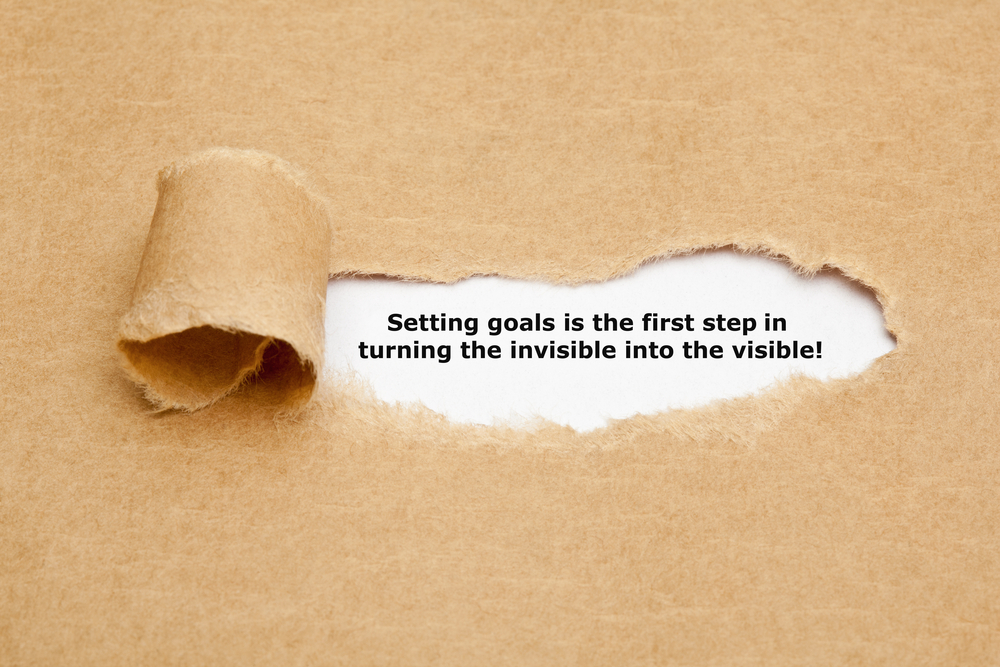Setting a goal

Setting small achievable goals gives you something to work towards and it’s a great way to measure your progress. Wearable fitness trackers are a good way to monitor your activity levels and you can set up step/distance goals or reminders to move every hour to reduce your time sitting. Most smartphones now come with a health kit which automatically tracks your activity, or you can download an app that will do this for you.
You can also track your exercise by just writing it down on a paper tracker or in your diary. Diabetes UK has a handy action plan that you can download to set some goals and track your activity and measurements.
Get fit with friends

Finding someone to exercise with is great for motivation and it helps you stick to any physical activity plans you have together.
It’s much easier to talk yourself out of going on that run, whereas if you’ve already committed to doing it with a friend you are much more likely to do it. It also makes physical activity more fun and turns it into a social experience which reinforces the positive feelings you get when you do it.
Making a plan

Life can be so busy that you can easily drop physical activity off your daily to-do list. Look at your week in advance so you can plan when to fit it in.
It could be a walk on your lunch hour, doing an exercise class at night with a friend, or going to the gym after work. Whatever you do, you’re more likely to do it if you’re prepared for it and it’s already planned.
What kind of activity should I do?

There’s not one type of activity that’s best for diabetes, it’s about finding what works, what you enjoy and what time you have. Try and think about what can fit into your life rather than the other way around.
Walking is one of the easiest exercises to get started with as it’s accessible to anyone of any age, ability, shape and size. Almost all of us can do it and it doesn’t cost you a penny!
Walking briskly can help build your stamina, burn excess calories, lose weight, make your heart healthier and counts towards your 150 minutes of weekly activity.
Dr Mike Evans explains below the positive impact that 30 minutes of walking a day can have on our health.
Do you have a physical activity goal? Writing it down is the first step to making it happen. Complete the SMART goals worksheet below or share it with others in the comments box.
Remember when writing S.M.A.R.T. goals to use concise language but include relevant information. Also, be positive when answering the questions.
When you have submitted your answers, you will be given the option to download and keep a copy of your responses for your records.



Leave a Reply
You must be logged in to post a comment.